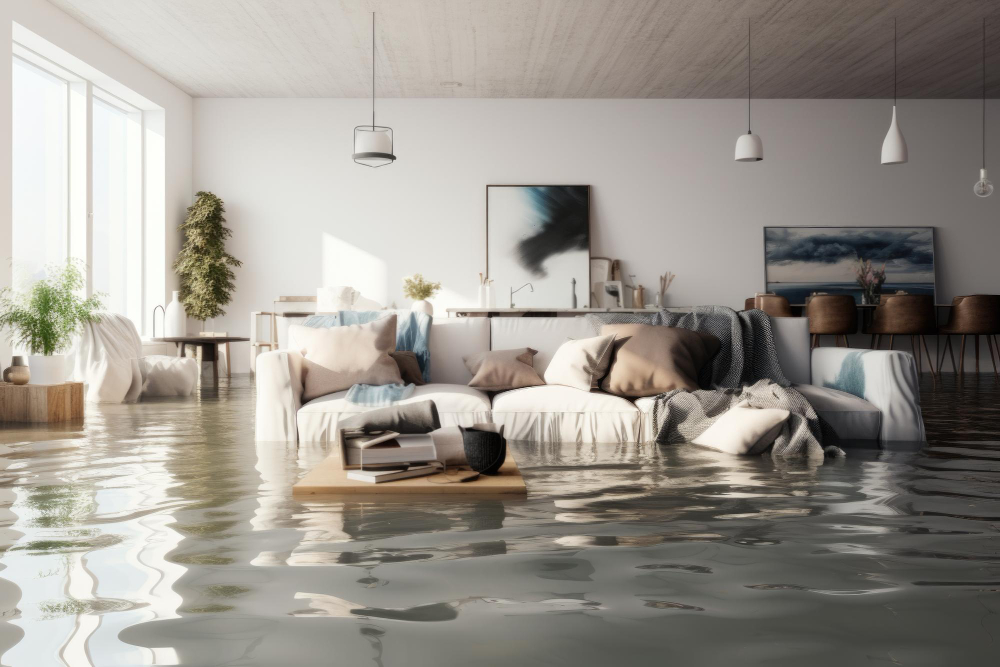 (888) 979-7969
(888) 979-7969
 (888) 979-7969
(888) 979-7969

Water damage in a home can be as subtle as a small leak or as devastating as a flood. Regardless of the scale, understanding the classification of water damage is crucial for homeowners, especially when it comes to filing property claims in Orlando, FL. This guide will help you understand the different types of water damage and the steps you can take to protect your home—and how Ultra Property Damage can assist in navigating the claims process.
Water damage refers to any destruction caused by water intruding into a space where it shouldn’t be, leading to various forms of damage to materials or systems through processes like rotting, mold growth, rusting of steel, or de-laminating of materials like plywood. It’s essential to address water damage promptly to prevent further deterioration and costly repairs.
Understanding the types of water damage can help you respond effectively and minimize the potential risks to your health and property. It also plays a significant role when working with insurance companies to file property claims in Orlando, FL. By knowing these classifications, you can ensure that you provide all the necessary information to your insurer to support your claim fully.
Water damage is categorized into three main types based on the source and contamination level:
Clean water damage refers to water from a clean source, such as broken water supply lines, tub or sink overflows without contaminants, or appliance malfunctions involving water supply lines. Although this category of water damage poses no substantial health risks, it’s essential to address it quickly to prevent it from escalating into a more severe category due to contamination over time.
Common Sources:
Prevention Tips:
Gray water damage involves water that contains a significant level of contaminants and could cause discomfort or illness if ingested. This type of water damage typically originates from washing machines, dishwashers, or sump pump failures.
Common Sources:
Prevention Tips:
Black water damage is the most severe and dangerous type. It involves highly contaminated water, potentially containing pathogens or toxins. This category demands immediate attention and professional intervention due to its associated health risks.
Common Sources:
Prevention Tips:
Once water damage is identified, it's crucial to take immediate steps to mitigate further damage and start the restoration process:
Filing property claims in Orlando, FL, can be a complex and daunting process, particularly after experiencing the stress of water damage. At Ultra Property Damage, we offer a free consultation to help you understand your coverage and simplify the claims process. Our team of experienced professionals will work tirelessly to ensure you receive the compensation you deserve, allowing you to focus on restoring your home.
Understanding the classification of water damage is vital for homeowners to properly address and mitigate the effects on their property. Whether you're dealing with clean, gray, or black water damage, it's crucial to act swiftly and efficiently.
If you find yourself facing water damage and need assistance with your property claims in Orlando, FL, don't hesitate to reach out to Ultra Property Damage. Contact us today for a free consultation and take the first step toward restoring your home and peace of mind.